I’m going to be very lazy with this review of The Last Of Us Part 2 Remastered, and copy/paste most of my original review of The Last Of Us 2. I’m doing this for three reasons:
- It was the easy decision for Sony to “remaster” a game that is already readily available and playable on the PlayStation 5, when there are so many games in Sony’s library that are not playable on PlayStation 5, and if Sony can be lazy, so can I.
- The stuff that’s been added to the “remaster” doesn’t add nearly enough to justify a second purchase (or an upgrade, as Sony has thankfully offered an upgrade option for people that already own the game), and;
- I’m on a cruise holiday right now and while I’m paying a fortune for Internet (seriously, $US300 for six day’s access to slow WiFi), so I also have better things to do than spend much time writing what is, frankly, a pointless review. Nothing about this remaster is going to shift your opinion of the original in either direction. If you loved it, you’ll love this. If not, you wont.
In short: I’m not going to discuss the game’s narrative or themes beyond what I covered in the original review. I’ve already done that in depth and there’s nothing that’s genuinely new in this “remaster” that substantially enhances or challenges that.
So, with that said, my review of The Last Of Us II (Remastered):
Neil Druckmann, the lead creative behind this game, is one of those maddeningly poor writers that mistakes emotional manipulation for intellectual depth. You’ll come away from his game feeling things for sure, but as far as philosophy goes, the whole experience is almost painfully shallow and juvenile. Druckmann’s vision is a yearning for the American Wild West as equivalent to the American Dream, in which small and insular communities band together with minimal legal or government involvement. What’s more, these communities are presented as inherently free of the human nastiness that we see in more nuanced Westerns that do challenge the idea that this state of living is utopic. It’s only when hostile forces from without threaten the gleefully free and anarchistic Wild West that Druckmann’s world is allowed to become anything but a kind of woksey “simpler times,” in which kids throw snowballs around, teenagers and young adults indulge in drugs and free humping, and people are more concerned with accepting a sandwich from a bigot than they are with actually eating.
You contrast this with a show like Deadwood or a film like The Good, The Bad, And Ugly, which highlight the moral conflicts of living this kind of freedom (and are decidedly pragmatic about just how woke these kinds of societies really are when unburdened from the social contract and the law), and The Last Of Us Part II comes across as dangerously naive. That’s not to say the game doesn’t recognise the violence of such a setting, because, as I mentioned, there are threats from without, and there are “zombies”, but because everyone is armed to the teeth and nonchalant about the guns they carry around, no one seems particularly concerned by these things either. Certainly not enough to let it get in the way of their free sex and drugs. Nor do the supposedly persistent threats to the utopia prevent individuals from going on wide-ranging missions for revenge, damned the consequences to anyone around them or those they leave behind. Being frank here, the entire concept of The Last Of Us Part II, the kind of people that it lionises, and the setting itself come across as a vision of a utopia dangerously close to matching up what you’d expect to see in prepper or NRA propaganda.
All of the above is absolutely true in my read of this game, and yet I can’t substantiate a single word of it without delving into “spoilers.” To try and go further with the analysis of the narrative would be to provide poor, unsubstantiated criticism, since I’d be leaving you with more questions and holes than I’m able to fill, and I’d certainly be unable to defend my position via narrative evidence. If I was a betting man I would even be inclined to throw the dice at the idea that the embargo conditions are there (NB: On the original release of the game – this is still my copy/paste from the original review) precisely because Sony is aware that down the track the discussion on The Last Of Us Part II will transition to a deconstruction of its failings as a narrative. But, with all of the above as context, because we can’t discuss the narrative here, we’re not going to in this review. Instead, we’re going to talk about the gameplay. This is why you’ll see the score that you do at the bottom, because it really is that good, but I felt it important that you read the remainder of the review fully aware that I just cannot apply my normal critical method around narrative to this game.
Of all the big-budget games I’ve ever played, none has been as fundamentally compelling as The Last Of Us Part II. Across the level and environment design, through to the AI and the developer’s ability to continue finding interesting things for players to do, The Last Of Us Part II is a masterpiece of the most highly refined gameplay. I’ve got about thirty pages of notes here that I made as I was playing, and not once did I note down a single issue that I had with how it played. It’s not just that it’s a bug-free experience (though that in itself was impressive). It’s that there’s not a moment where a single thing goes wrong in the game.
I made so many notes because The Last Of Us Part II is a particularly lengthy game at a couple of dozen hours in runtime, though rarely for the blockbuster space, it doesn’t feel loaded down with content. The game establishes a steady, rolling rhythm of narrative sequences, stealth bits and action moments early on, and then makes sure players move through them quickly enough that they never outstay their welcome. It does that across a lengthy story in such a way that it uses perspective cuts, flashbacks, a revolving door of secondary characters and significant micro-objectives within the broader play to ensure that you’ll never be bored. I don’t think Druckmann can write an effective or intelligent story, but he has a mastery over form and how traditional narrative works in collaboration with gameplay. On that technical level, Druckmann is unparalleled, and The Last Of Us Part II is a learning opportunity for many other developers and game writers. Too many aim to make their games “cinematic”, and in doing so make a mistake of failing to account for the reality that games run for far too long to work as cinema. The Last Of Us Part II is a rare example of a game that is written specifically as a game, and does so by developing its own conventions, pacing, and tone rather than trying to crib stylistic and structural ideas from a different medium.
The moment-to-moment gameplay is spectacularly designed, too, and to my mind, the best example of that is every chase or action sequence where you need to move fast. These sequences are so fast that you don’t have time to actively think, and the environments have the perception of being very open. This could have become a disaster, with players intuitively reacting to run in the wrong direction, but so carefully are these sequences designed that you’re always effectively herded in the right direction without ever feeling like you are – tiny, almost un-noticeable cues tell you to turn right here, aim for this thing to jump over there. They’re highly choreographed, of course, but to prevent people the trial-and-error frustration of accidentally turning into a horde of zombies and needing a checkpoint restart, most people will complete these sequences on the first attempt by following the tiny visual and audio cues, quite unconsciously. That allows the developers to give players the thrill and adrenaline rush without risking the frustration.
Stealth and gunplay are just as effective. Naughty Dog gives you all the tools that you need to deal with stealth sequences fairly. For example, you can, at any point, enter a “listen mode” that lets you identify nearby enemies, even through walls, and by carefully watching their movement patterns you can plan your own to either catch the enemies unawares and take them out, or just navigate around them. At first, it’s almost too easy, even on the higher difficulty levels. But then you’ll run into dogs. Dogs that have names. Now as a quick aside, that’s a nasty bit of attempted emotional manipulation on the part of the developer since in theory you’re meant to empathise with the dogs more when you hear their names called out, making it more uncomfortable to shoot them. However, in practice, it is presented as such a blatant mechanic that every time you hear a name yelled out you’ll just cringe at how obvious it’s being.
As a mechanic, though, those dogs are amazing enemy to both stealth and careful play, as they can sniff out and follow your character’s scent, meaning that when you’re trying to sneak around, you still need to be constantly on the move, else they will eventually arrive at your location. What’s more, you no longer get a free stealth kill if you get behind an enemy, because now they have their dog with them. You can shoot the dog, and the human raises the alarm, you can kill the human, and then be mauled by the dog. Or you can try and sneak past this dangerous enemy combo. The satisfaction of navigating the landmine of enemies, their dogs, and the need to keep moving is something else, especially given that the levels are, once again, designed so beautifully. There are so many different paths you can take to get around any given hostile environment, and perhaps even stumble across some loot along the way. It really encourages creative play, and I love it.
When you do get into a gunfight, The Last Of Us Part II is no slouch, offering up a wide range of different weapons and some excellent AI, which really knows how to use the environment to flank and harass you. If I have any one single criticism of the game it’s that a few environments are obviously designated “shooting zones” with an abundance of things to hide behind, spread out at just the right distance to encourage you to move around and enable the enemy to try flanking manoeuvres. For a game that otherwise aims to be as naturalistic in its level design as possible, these moments of arbitrarily-placed cover are jarring, though nothing unusual from the same studio that brought us Uncharted. Putting that aside, the combat is both tactical and challenging, and you’re provided with just enough ammunition to encourage you to use the full range of weapons available to you, while also feeling like the ammo you have is not infinite, so you need to be careful in its application.
One final gameplay element I need to mention is the “zombie” enemies, and I’m mentioning them last because they almost feel like an afterthought. They very much act as distraction in-between the important conflict between humans, and really they seem to only be there because they were core to The Last Of Us. That’s not to say that there hasn’t been any effort put in – there are some new enemy types to deal with, and of course the clicking of the clickers and the grotesque appearance of the monsters is as unsettling as ever, but truth be told these moments came across as the least necessary within the overall game in terms of what they add to the overall experience.
Now, with that copy-paste job out of the way, let’s go over the new stuff briefly:
- No Return Mode: This is the biggest new feature in the game, by far. It takes all the stuff you know from The Last Of Us 2, and turns it into a roguelike survival mode. You kill waves of enemies, and when you’ve done, you have a chance to head back to base, do some levelling up of gear and such, and prepare for the next, more difficult wave. There are some different objectives, and then every so many levels a “boss battle,” but it all comes down to the same basics: You use all the mechanics from the base game to deal with enemies in arena-style levels. It works, and indeed, because it’s entirely gameplay-based with no narrative, it actually allows you to enjoy the best of Last Of Us 2 without having to wade through Druckmann’s writing to get there. But it’s also derivative as a roguelike and doesn’t actually add anything to The Last Of Us 2. It just throws the existing material in a different package. It was clearly included to add content rather than there being any particular creative drive behind it.
- Speedrun Mode: It honestly impresses me that Naughty Dog would be so willing to admit that narrative, setting and storytelling was so unimportant to The Last Of Us 2 that an official mode would encourage people to ignore it. This doesn’t really have any value beyond demonstrating the true value of the narrative to this game though.
- Guitar Free Play Mode: This barely counts as a minigame.
- Lost Levels. There are three missions and after seeing the vision for them you’ll hopefully understand why they were originally cut.
And that’s it. According to Sony, that is enough of a reason to pay a second time for a game that you can already play on the exact same console.
Look. I accept that The Last Of Us 2 does a good enough job in manipulating audiences that they feel a connection to it. And while I find the narrative to be deficient, derivative and shallow, the gameplay, art style, and technical qualities are something else. I gave the original game 5/5 and I stand by that. In a world where the shallowest marketing-driven content that we’ve ever seen out of Hollywood is celebrated and book reading numbers plunging across the world, The Last Of Us 2 is a standout example of the content modern audiences love. The suit wearers gave the people what they wanted, and in that context criticising the game would seem to be missing the point.
But.
Even if you love The Last Of Us 2. Even if you think it’s the Citizen Kane of video games. Even if you think that Shakespeare himself would have thrown in the towel after seeing this game, realising he could never compete with it as a storyteller, you must surely realise that a game that is four years old and is readily available on your current console doesn’t need the remaster. Surely you understand that this is a ridiculous excess, done purely to milk revenue out of fans, and that it’s particularly frustrating given that Sony is sitting on dozens of incredible properties. That it would rather leave all of them on ice and inaccessible to release this indulgence just isn’t acceptable.
Buy the hottest games with Amazon.
By purchasing from this link, you support DDNet.
Each sale earns us a small commission.
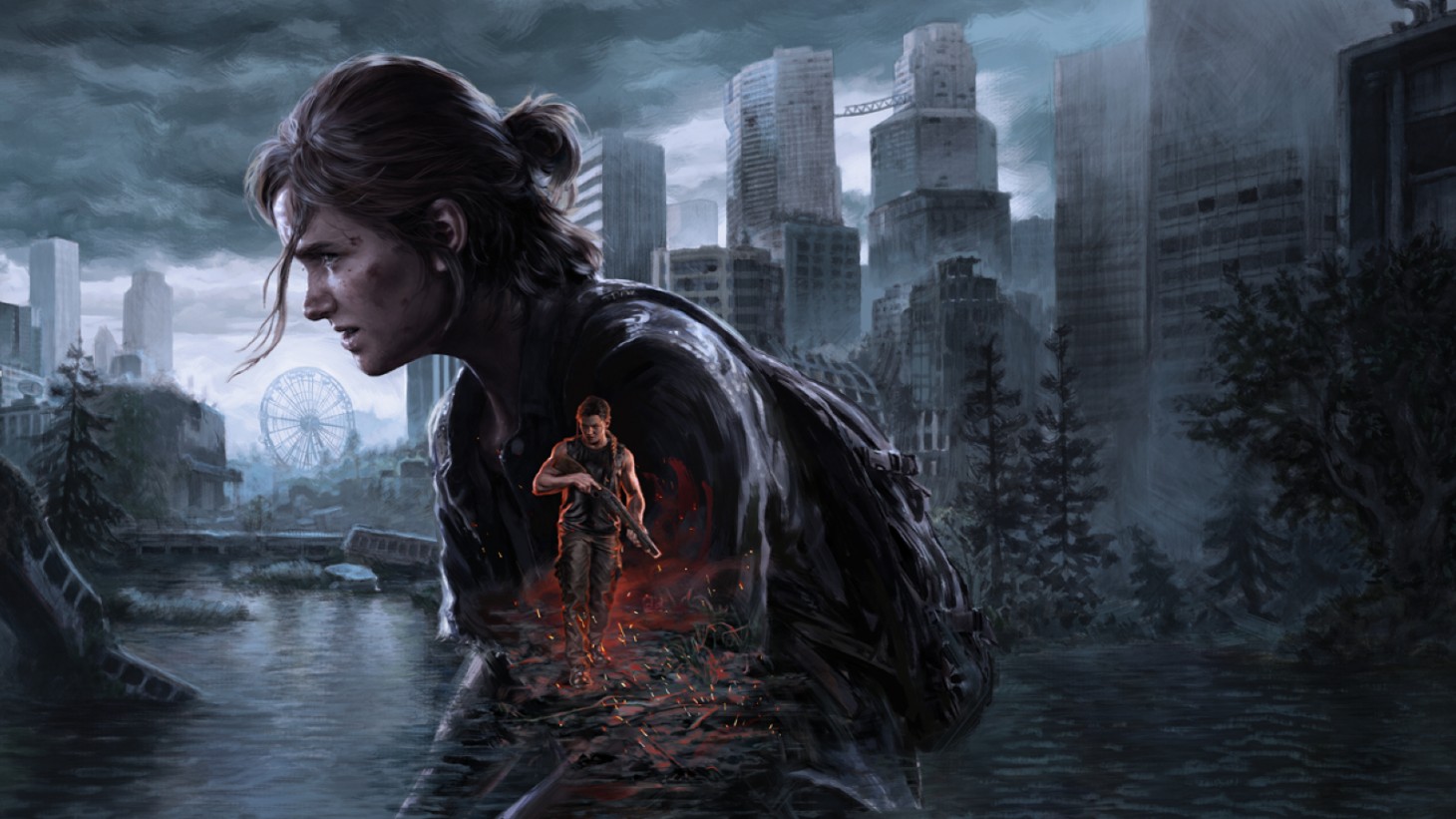

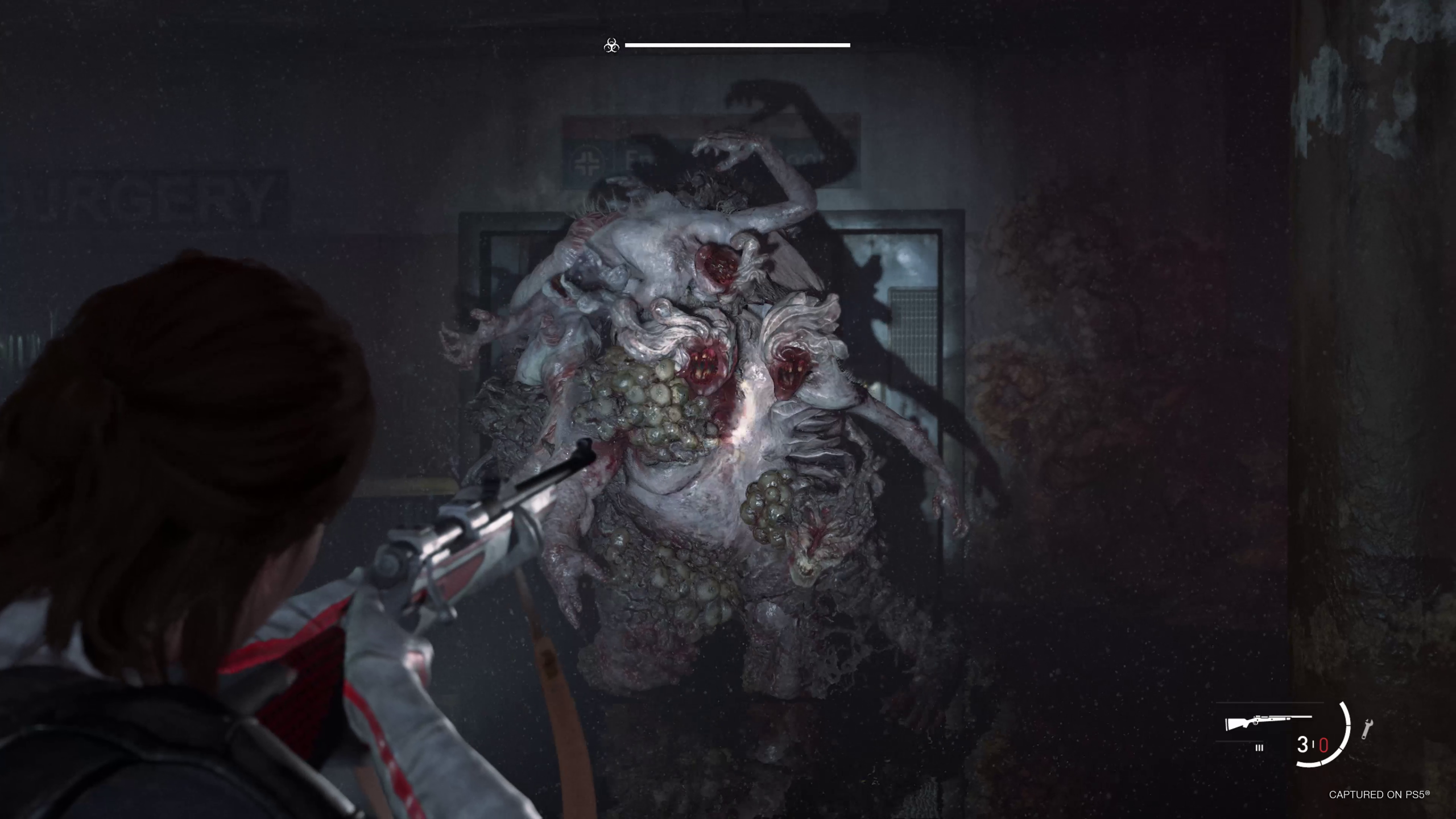
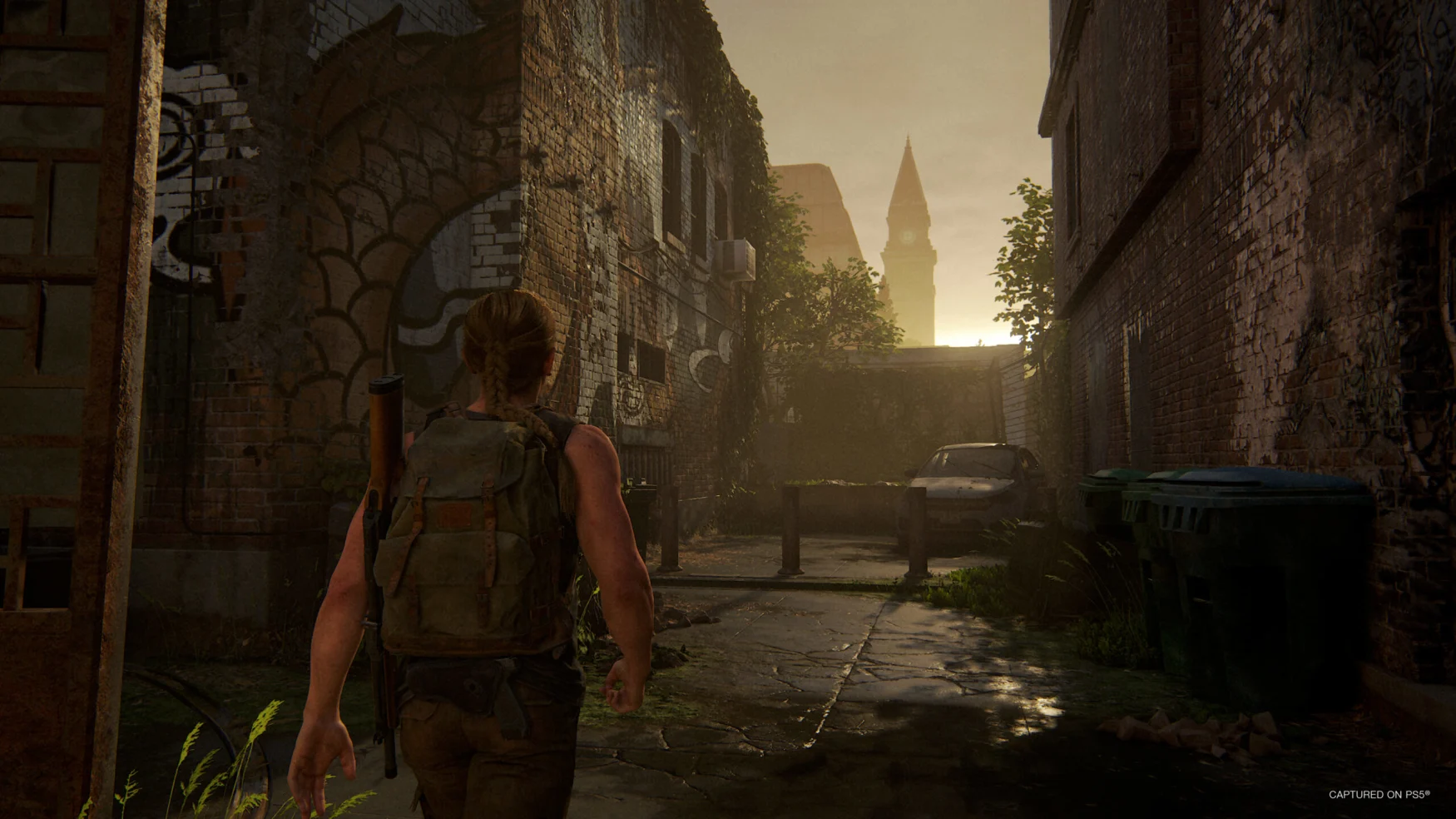
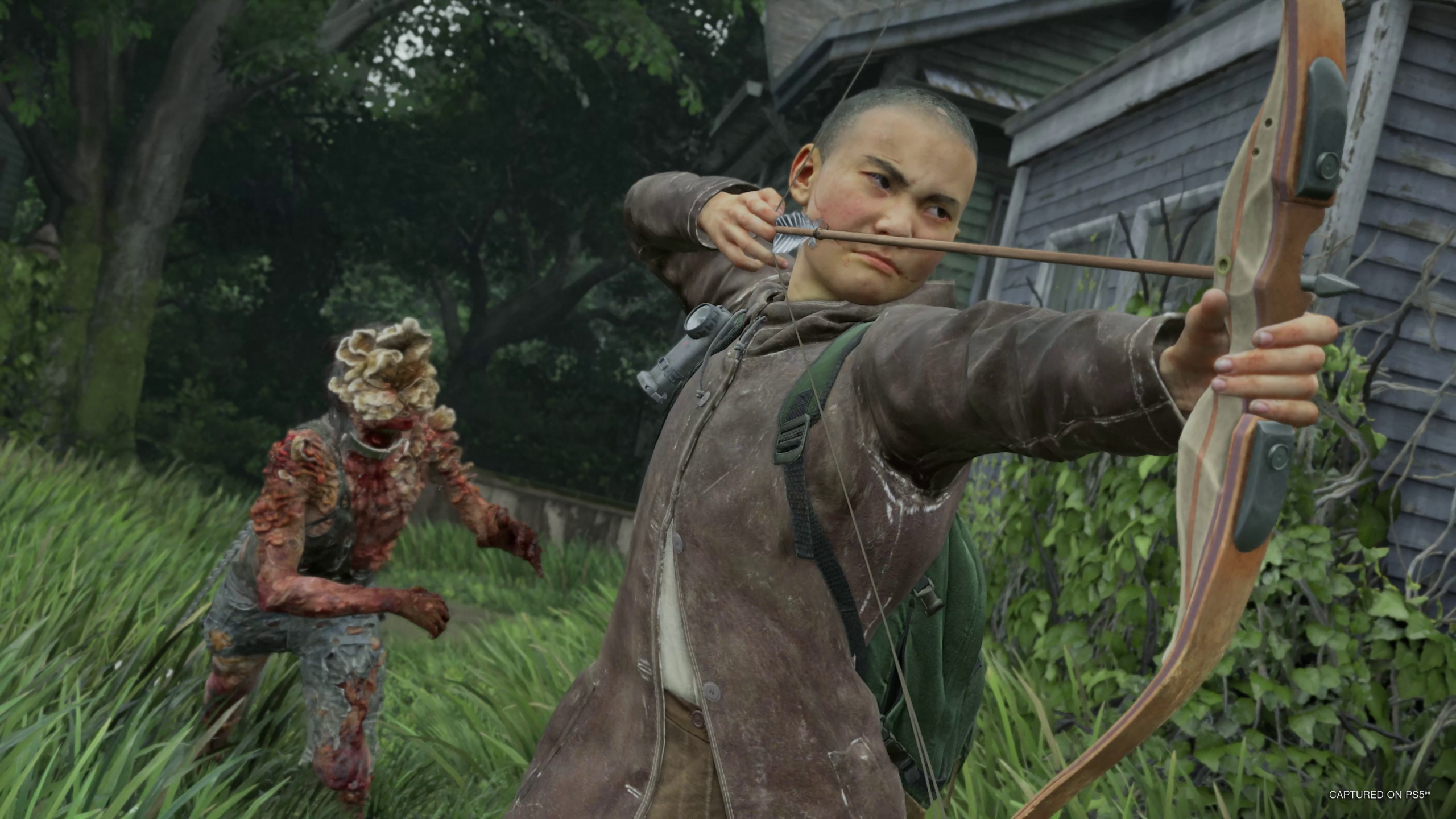
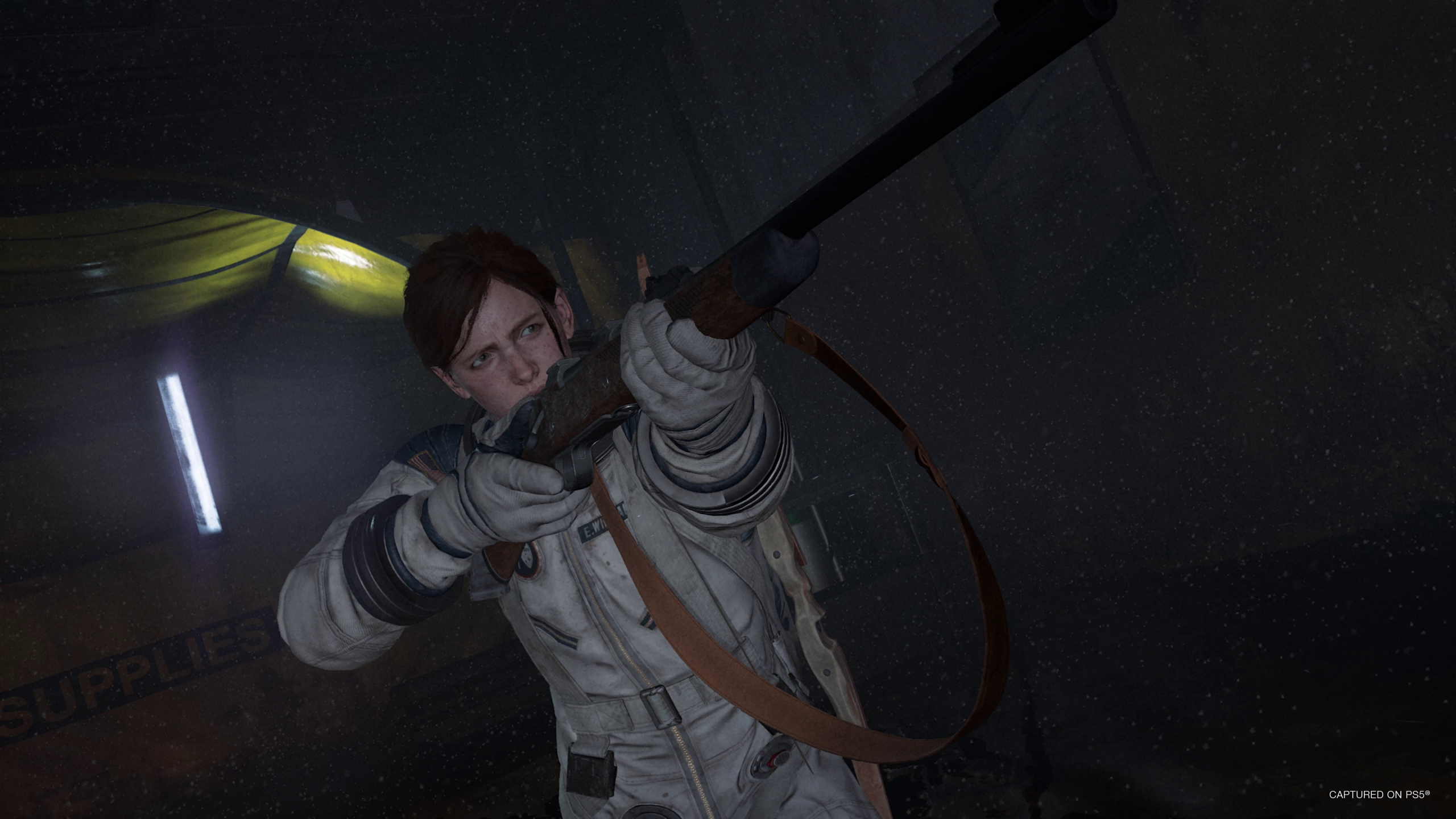
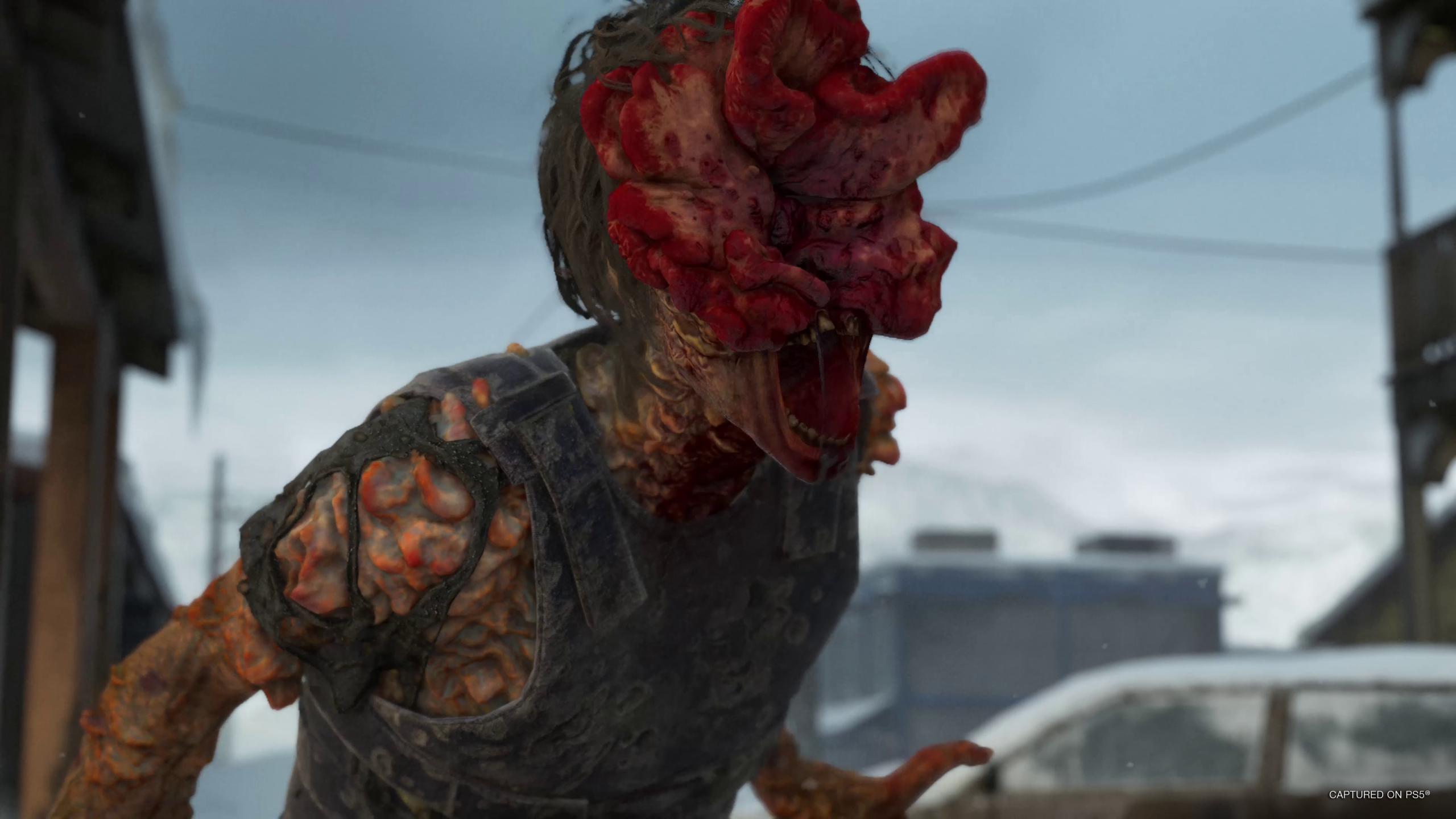

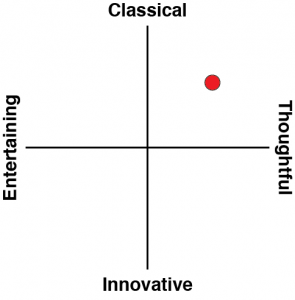
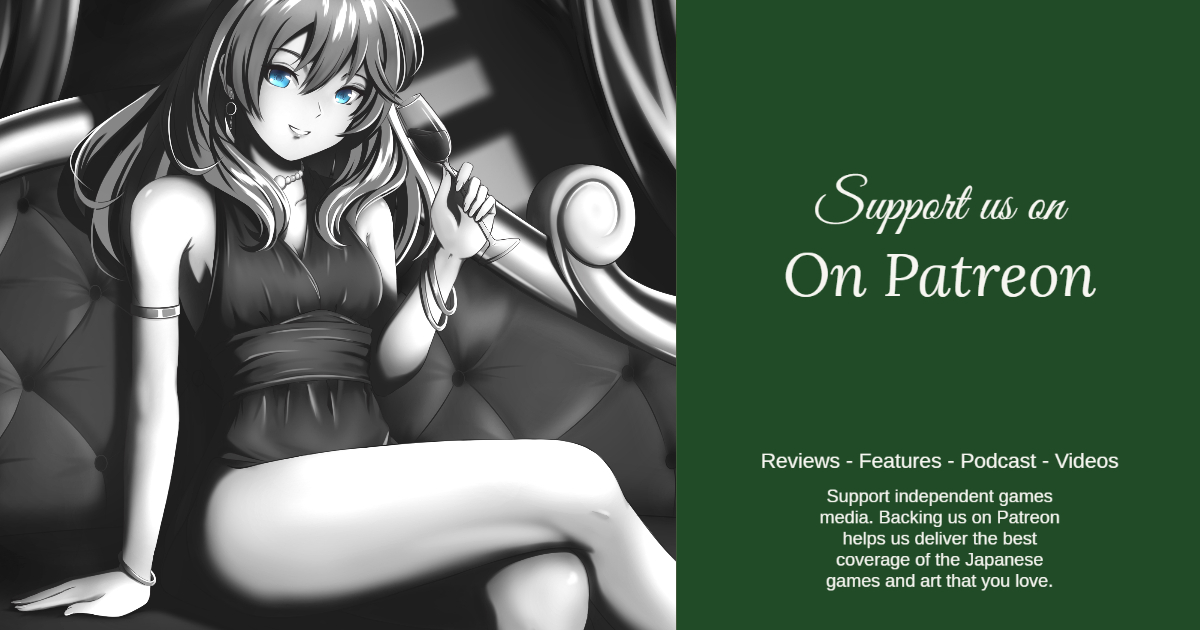
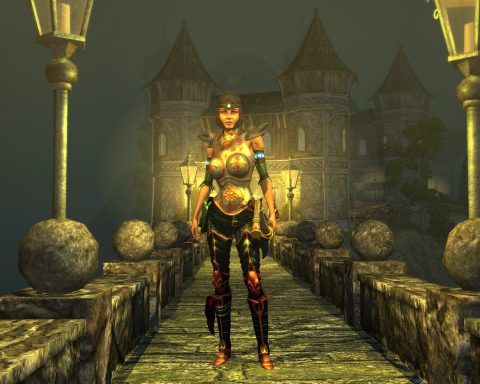
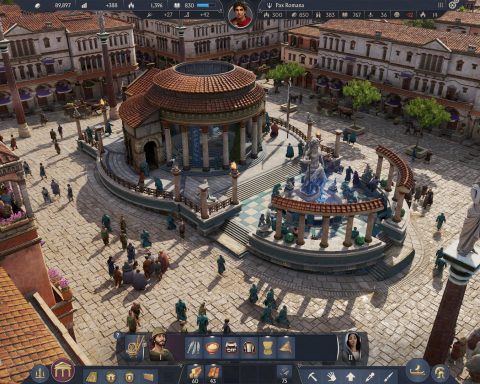
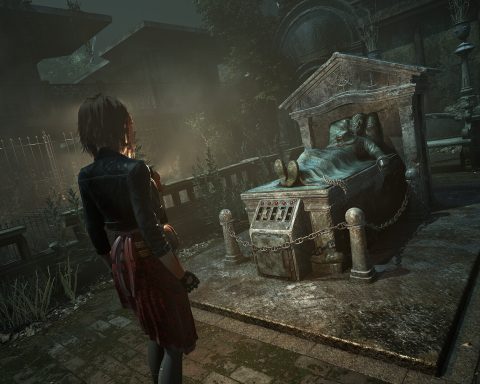
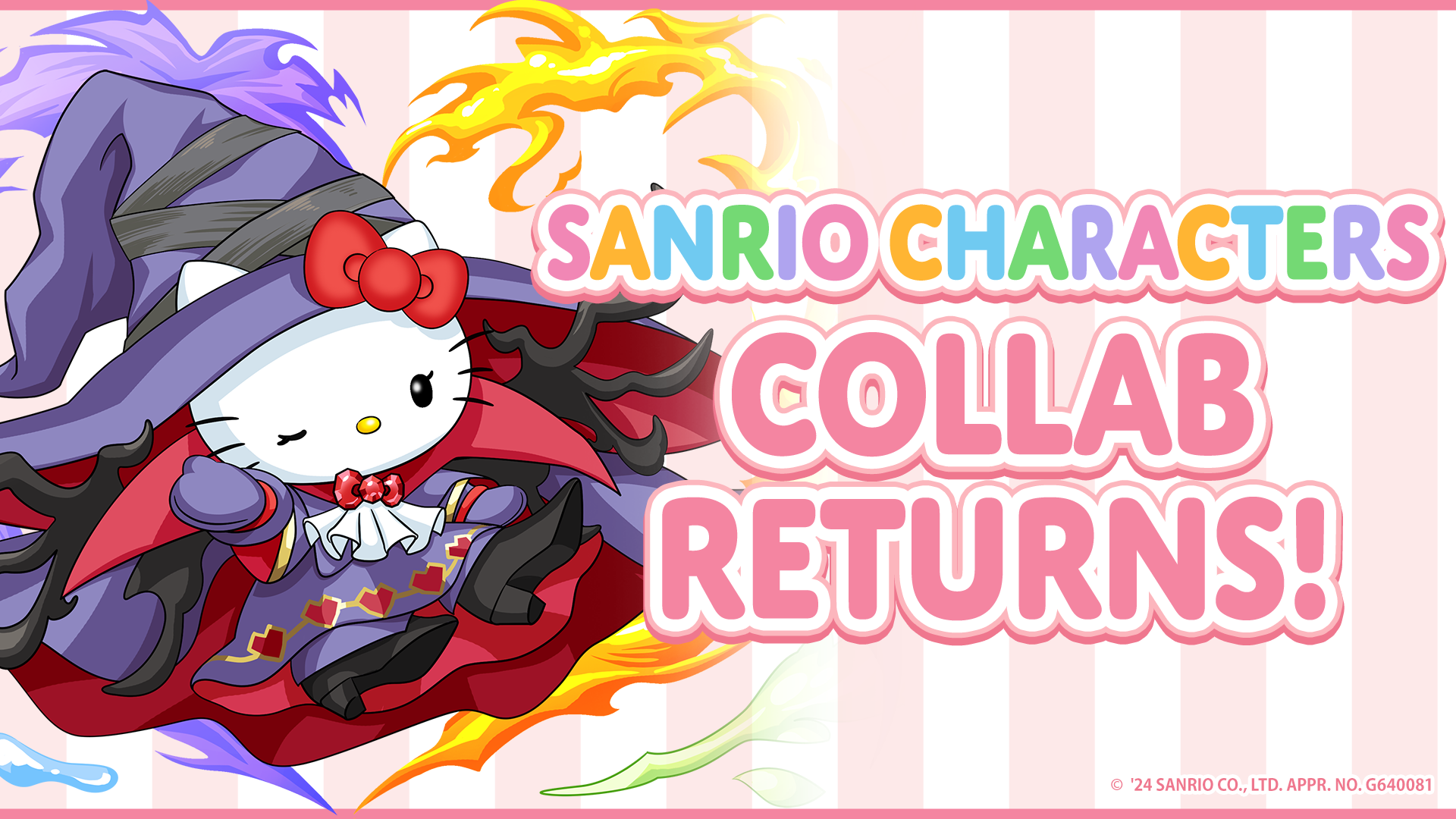
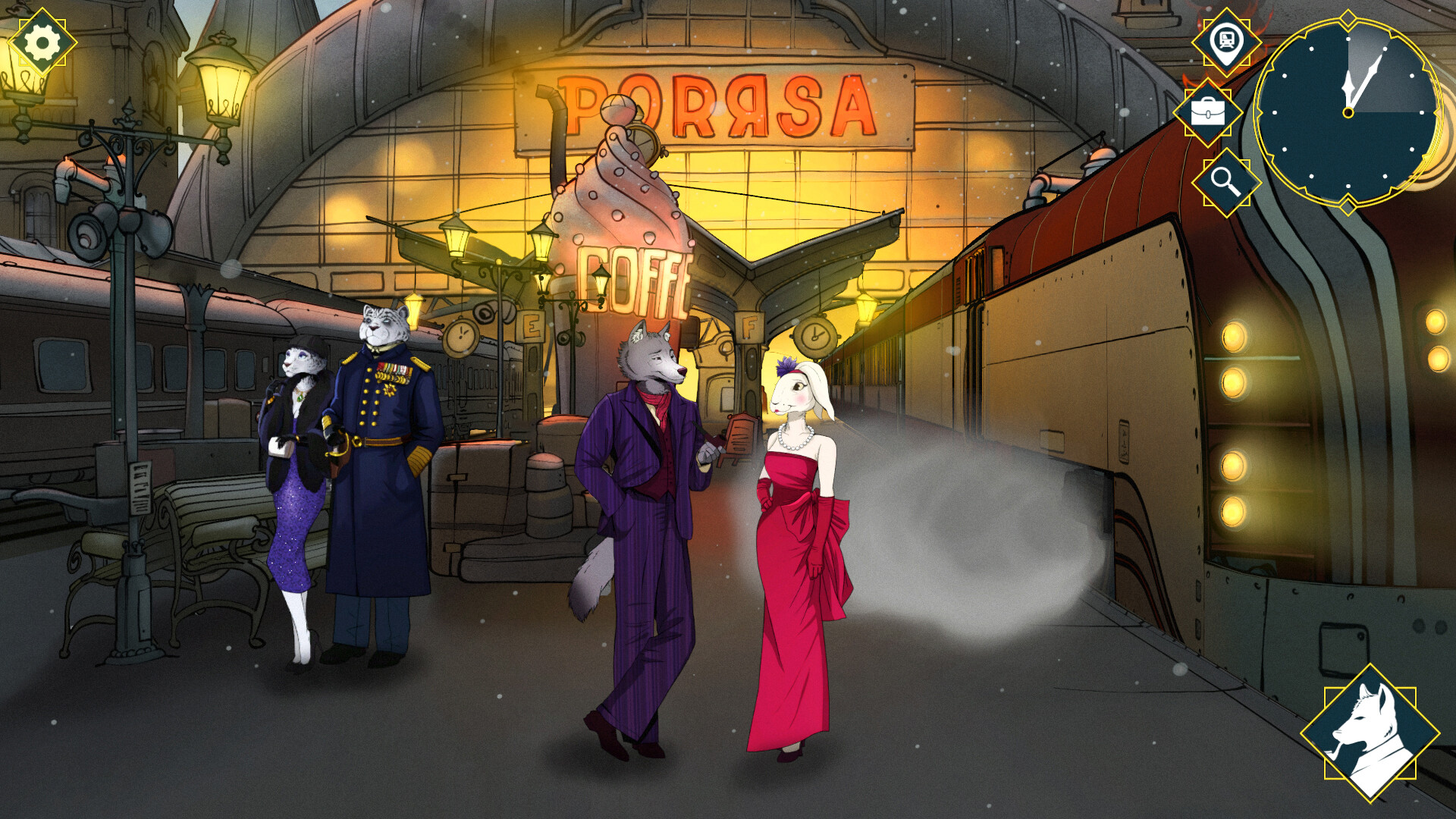





Should have been a simple patch or free update.